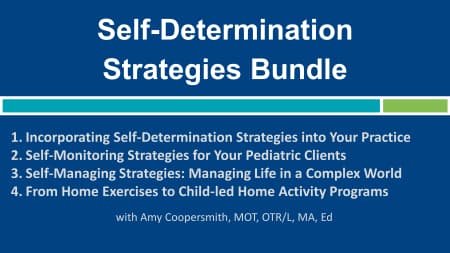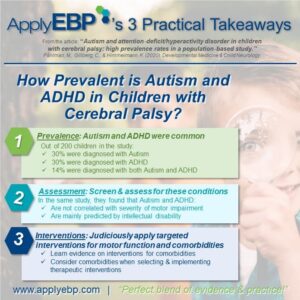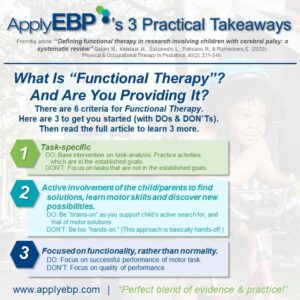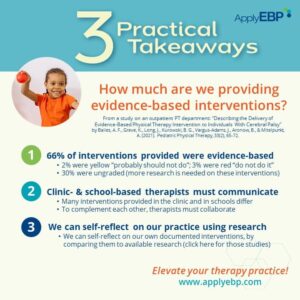3 Practical Takeaways
Promoting Social Participation of Neurodivergent Students
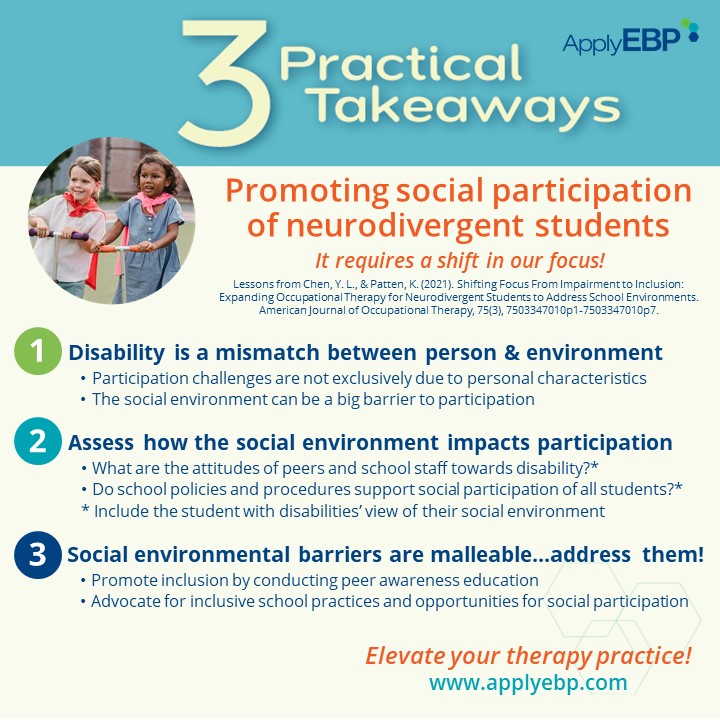
Raise your hand if you work with students with ASD, ADHD, dyslexia or intellectual disabilities! If you raised your hand, you are probably wondering how best to help them participate socially with their peers during school hours.
In this week’s #3PracticalTakeaways, we share with you our lessons from the article by Chen et al (2021), which challenges us to shift our focus to help our neurodivergent students socially participate. We are learning more and more that interventions targeting their socially atypical behaviors (e.g., stimming, lack of eye contact) are often ineffective and not beneficial (especially, hearing from adult self-advocates). The authors point out to the social environment as another more realistic and beneficial target of our interventions. Read their full article to see a sample of interventions across the 3 tiers of RtI.
If you have already shifted your focus from impairment to inclusion as described by the authors, share your experiences in the comments section below.
Click below to download,
print and share the infographics
Continue to Elevate Your Practice with Our...
Featured School
Symposium
Featured Live
Workshop
Featured On-Demand
Webinar
Featured Webinar
Bundle
Self-Determination Strategies Bundle
Reference:
Chen, Y. L., & Patten, K. (2021). Shifting Focus From Impairment to Inclusion: Expanding Occupational Therapy for Neurodivergent Students to Address School Environments. American Journal of Occupational Therapy, 75(3), 7503347010p1-7503347010p7

